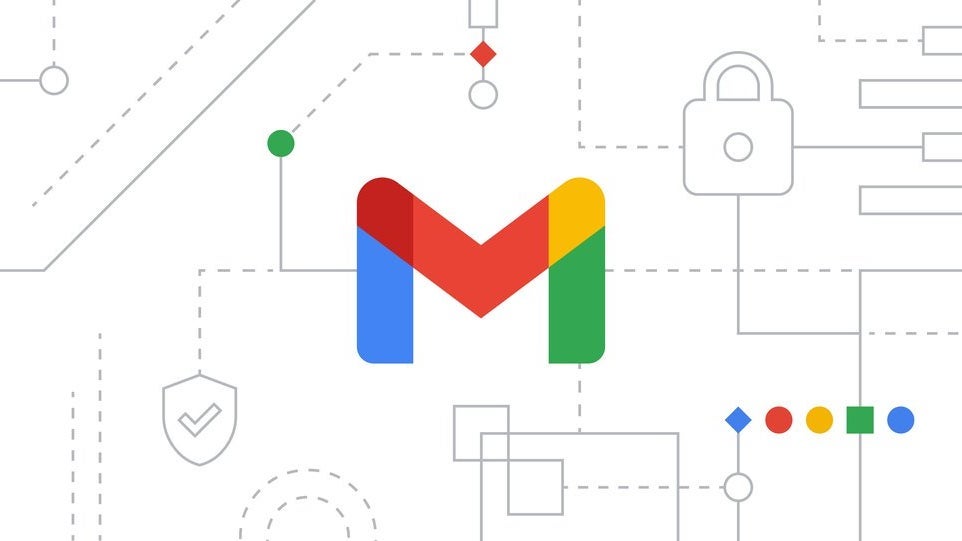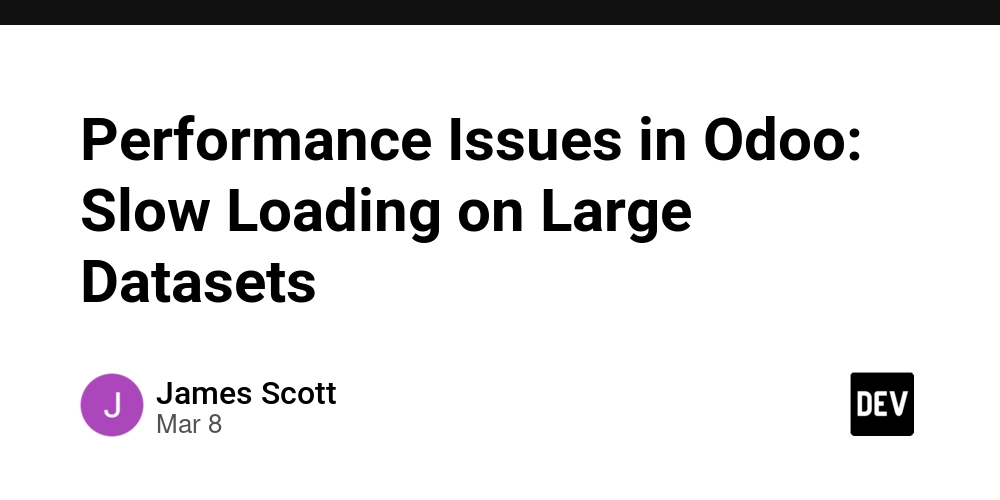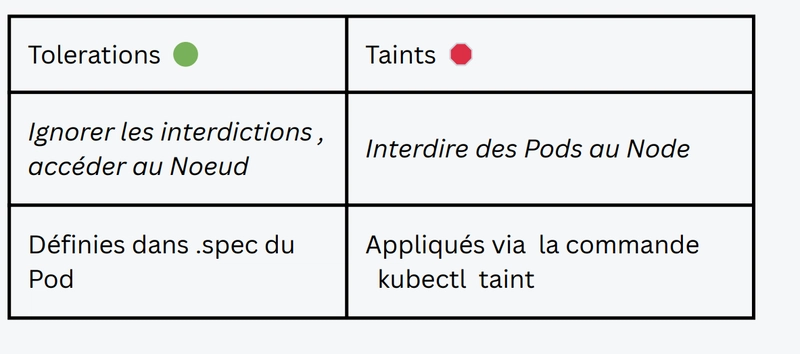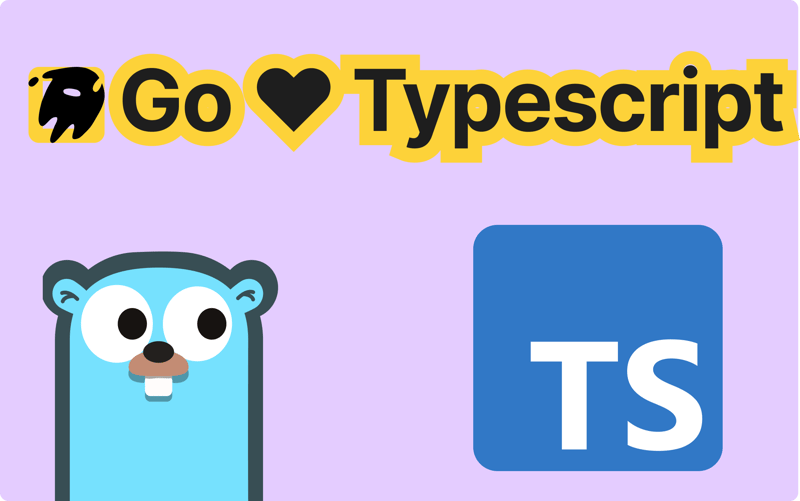PostgreSQL vs MySQL vs Redis: Choose Your Fighter
The Ultimate Developer Showdown for Picking the Right Database (and Where to Host It Without Losing Sleep) So you’ve built a thing. Maybe it’s a humble blog, a chaotic real-time game, or a full-blown SaaS monster. But now you’re stuck asking the question that has started more internal team wars than tabs vs spaces: “Which database should we use?” Welcome to the age-old dev conundrum. You’ve got PostgreSQL — your feature-packed Swiss Army knife; MySQL — the battle-hardened war veteran; and Redis — the caffeine-fueled speed demon with zero chill. Picking between them isn’t just a matter of personal preference (though we know devs will die on that hill). It’s about choosing the right tool for your data’s job — and avoiding those “we should’ve thought this through” refactors six months later. In this guide, we’ll break it all down — what each DB is good for, when to pick what, and which cloud provider actually gives a crap about your uptime. Expect opinions, examples, and zero enterprise-speak. Let’s go full dev mode. TL;DR: PostgreSQL = Big brain, powerful, scalable, JSON too MySQL = Solid, reliable, low maintenance Redis = Lightning fast, but don’t trust it with your secrets PostgreSQL: The Feature-Rich Overachiever That Reads Docs for Fun PostgreSQL is what happens when a database goes to grad school, gets a PhD, and still lifts weights on weekends. It’s not just smart — it’s jacked. If you’re looking for something that can handle both structured and semi-structured data, run mind-bending queries, and still not break a sweat — welcome to Postgres. This DB is basically the developer’s favorite wizard. Think Gandalf, but fluent in SQL and JSON. Why Devs Use PostgreSQL (and Write Love Letters to It) Big Brain SQL: Recursive CTEs, window functions, custom operators it can pull off SQL stunts that make other databases sweat. Docs: postgresql.org/doc JSONB + SQL Hybrid: Wanna do NoSQL style stuff but keep structure and indexing? PostgreSQL’s got JSONB, which is basically MongoDB with adult supervision. Extensions for Days: PostGIS for geospatial wizardry, TimescaleDB for time-series data, pg_trgm for fuzzy search. It’s like Skyrim modded do whatever you want. Strong Typing & Constraints: Catch your VARCHAR(20) mistakes before they ruin your day. It’s got the kind of strictness you’ll grow to appreciate (after yelling at it a few times). When to Use It You’re building serious apps: analytics dashboards, CRMs, SaaS, fintech, etc. You want flexible data (JSON) but with rigid safety (constraints, transactions) You expect to scale vertically or horizontally someday and don’t want regrets Your data model is more complex than your last relationship When Not to Use It You need to spin up a prototype fast with zero config You hate reading docs (Postgres requires a bit of study time) You’re just caching stuff or storing key-value pairs (use Redis for that madness)
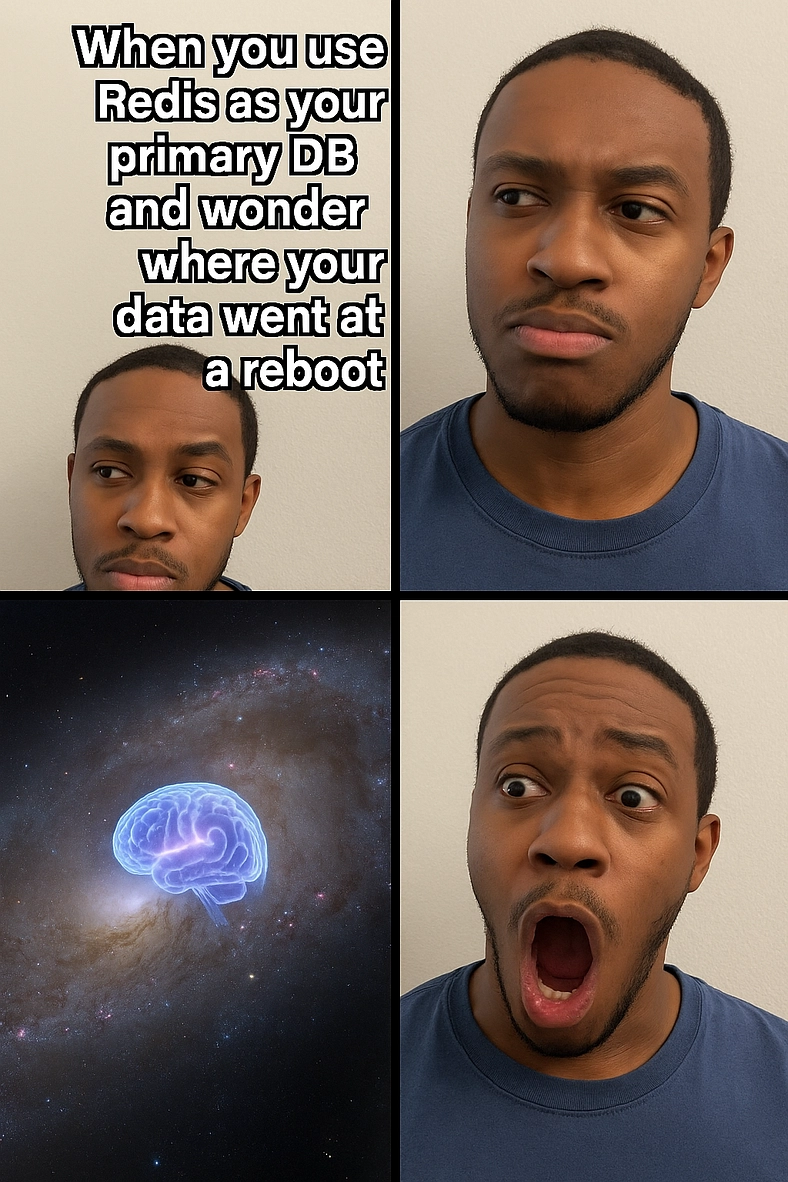
The Ultimate Developer Showdown for Picking the Right Database (and Where to Host It Without Losing Sleep)
So you’ve built a thing. Maybe it’s a humble blog, a chaotic real-time game, or a full-blown SaaS monster. But now you’re stuck asking the question that has started more internal team wars than tabs vs spaces:
“Which database should we use?”
Welcome to the age-old dev conundrum. You’ve got PostgreSQL — your feature-packed Swiss Army knife; MySQL — the battle-hardened war veteran; and Redis — the caffeine-fueled speed demon with zero chill.
Picking between them isn’t just a matter of personal preference (though we know devs will die on that hill). It’s about choosing the right tool for your data’s job — and avoiding those “we should’ve thought this through” refactors six months later.
In this guide, we’ll break it all down — what each DB is good for, when to pick what, and which cloud provider actually gives a crap about your uptime. Expect opinions, examples, and zero enterprise-speak. Let’s go full dev mode.
TL;DR:
- PostgreSQL = Big brain, powerful, scalable, JSON too
- MySQL = Solid, reliable, low maintenance
- Redis = Lightning fast, but don’t trust it with your secrets
PostgreSQL: The Feature-Rich Overachiever That Reads Docs for Fun
PostgreSQL is what happens when a database goes to grad school, gets a PhD, and still lifts weights on weekends. It’s not just smart — it’s jacked.
If you’re looking for something that can handle both structured and semi-structured data, run mind-bending queries, and still not break a sweat — welcome to Postgres. This DB is basically the developer’s favorite wizard. Think Gandalf, but fluent in SQL and JSON.
Why Devs Use PostgreSQL (and Write Love Letters to It)
- Big Brain SQL: Recursive CTEs, window functions, custom operators it can pull off SQL stunts that make other databases sweat. Docs: postgresql.org/doc
- JSONB + SQL Hybrid: Wanna do NoSQL style stuff but keep structure and indexing? PostgreSQL’s got JSONB, which is basically MongoDB with adult supervision.
- Extensions for Days: PostGIS for geospatial wizardry, TimescaleDB for time-series data, pg_trgm for fuzzy search. It’s like Skyrim modded do whatever you want.
-
Strong Typing & Constraints: Catch your
VARCHAR(20)mistakes before they ruin your day. It’s got the kind of strictness you’ll grow to appreciate (after yelling at it a few times).
When to Use It
- You’re building serious apps: analytics dashboards, CRMs, SaaS, fintech, etc.
- You want flexible data (JSON) but with rigid safety (constraints, transactions)
- You expect to scale vertically or horizontally someday and don’t want regrets
- Your data model is more complex than your last relationship
When Not to Use It
- You need to spin up a prototype fast with zero config
- You hate reading docs (Postgres requires a bit of study time)
- You’re just caching stuff or storing key-value pairs (use Redis for that madness)









































































































































































![[The AI Show Episode 144]: ChatGPT’s New Memory, Shopify CEO’s Leaked “AI First” Memo, Google Cloud Next Releases, o3 and o4-mini Coming Soon & Llama 4’s Rocky Launch](https://www.marketingaiinstitute.com/hubfs/ep%20144%20cover.png)
















































































































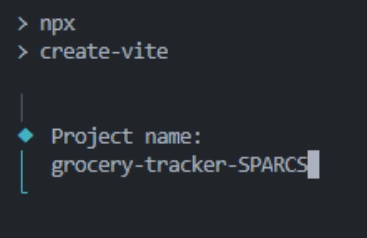
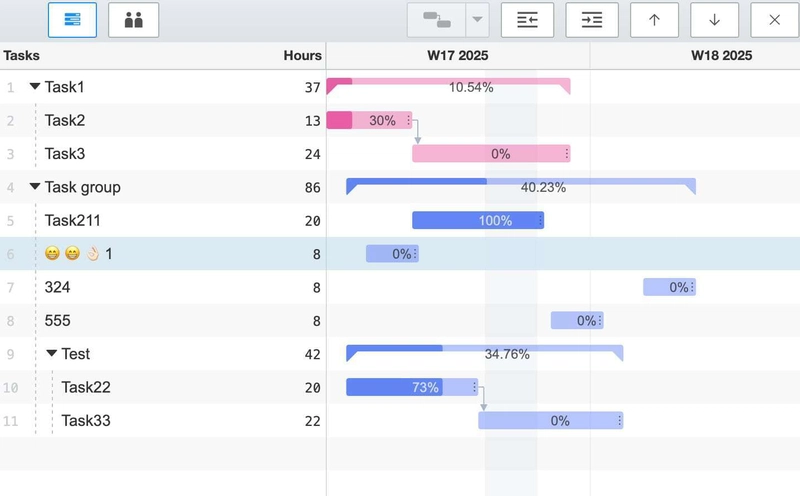
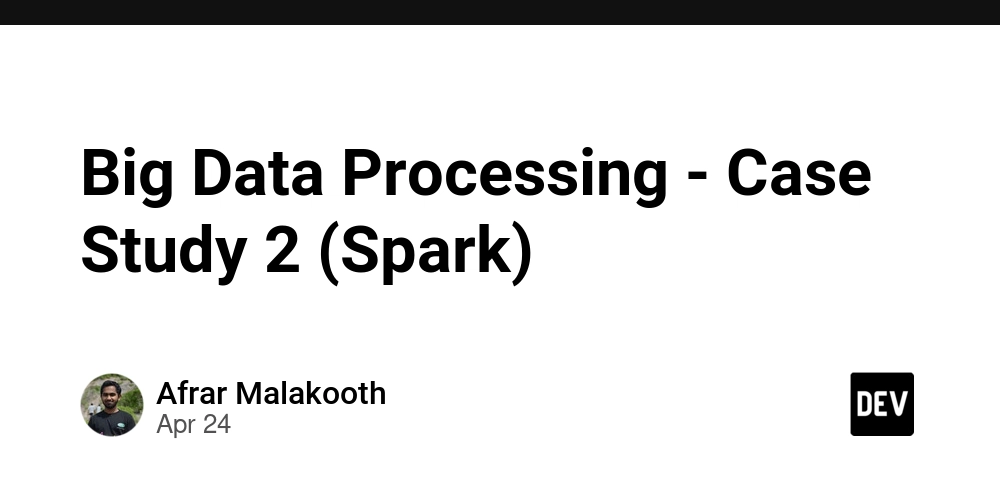






































![Is This Programming Paradigm New? [closed]](https://miro.medium.com/v2/resize:fit:1200/format:webp/1*nKR2930riHA4VC7dLwIuxA.gif)



























































































-Classic-Nintendo-GameCube-games-are-coming-to-Nintendo-Switch-2!-00-00-13.png?width=1920&height=1920&fit=bounds&quality=70&format=jpg&auto=webp#)























_Olekcii_Mach_Alamy.jpg?width=1280&auto=webp&quality=80&disable=upscale#)












































































































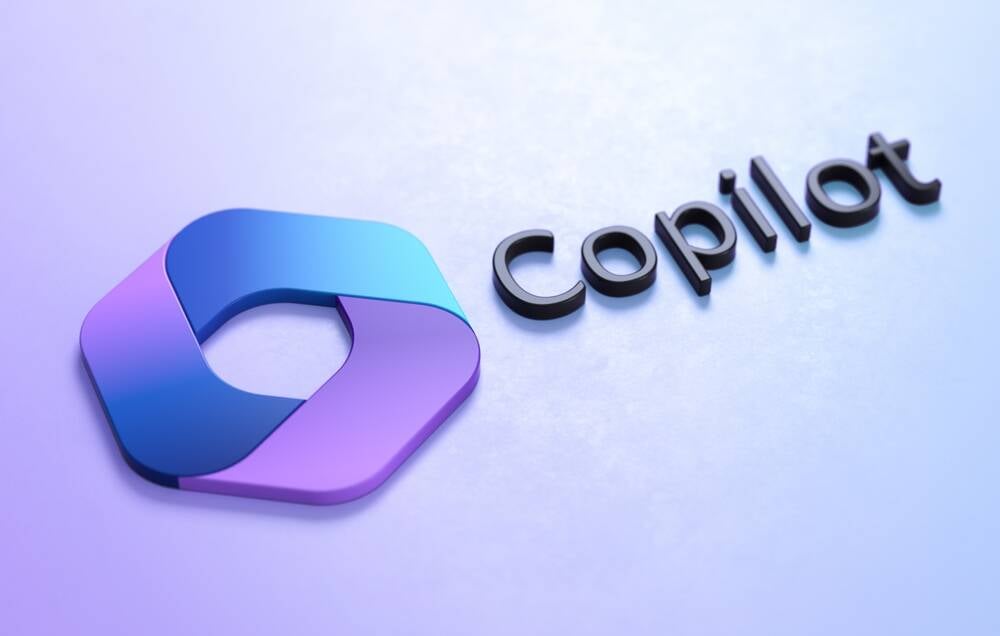


![M4 MacBook Air Drops to New All-Time Low of $912 [Deal]](https://www.iclarified.com/images/news/97108/97108/97108-640.jpg)
![New iPhone 17 Dummy Models Surface in Black and White [Images]](https://www.iclarified.com/images/news/97106/97106/97106-640.jpg)























































